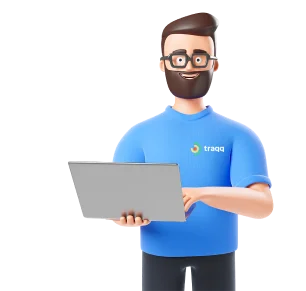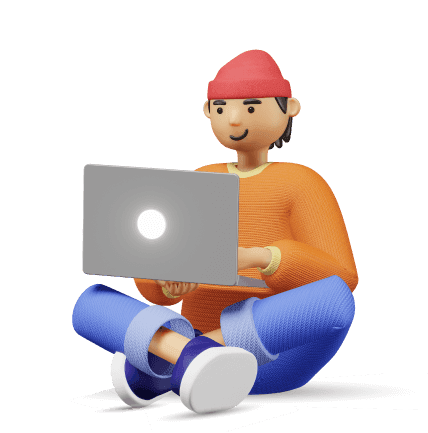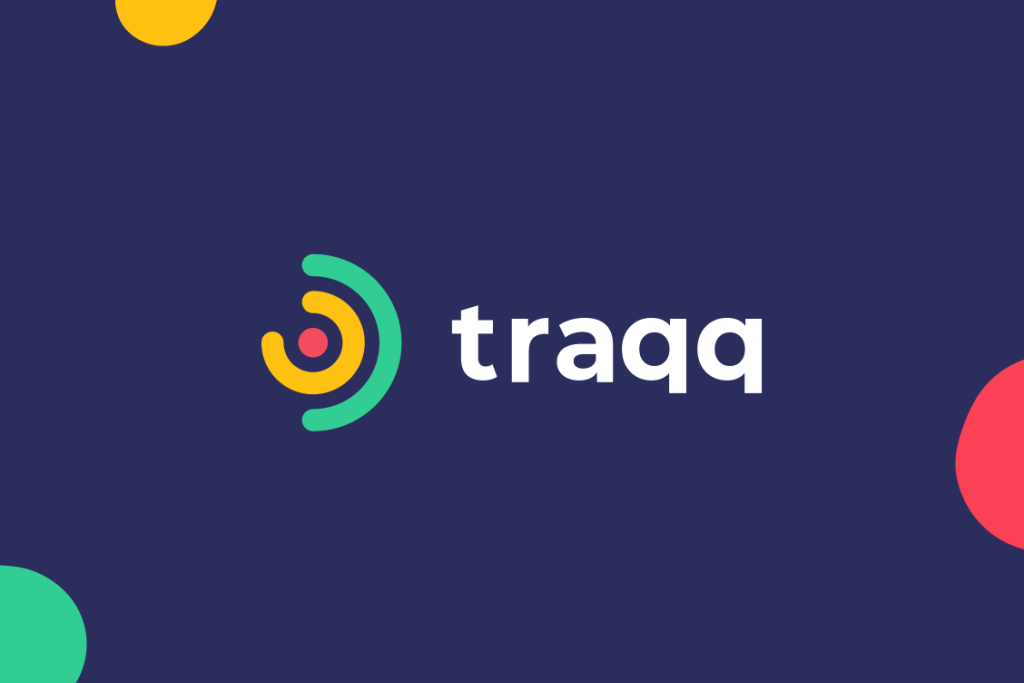
According to Harvard Business Review, there’s a fear that telecommuting staff might not work as hard and as efficiently without face-to-face supervision. They suspect that remote workers might be slacking off during their dedicated work time. How would one know?
Kate Lister, president of Global Workplace Analytics, predicts that around 25-30% of the workforce will be working-from-home multiple days a week by the end of 2021. That indicates a rapid and fundamental switch in the way people work and how they are managed. Indeed, companies should learn how to monitor employees efficiently and ethically.
Monitoring employees involves using tools to keep tabs on how workers spend their time and do their work.
However, companies face a number of challenges when it comes to monitoring remote employee activities.
This article will cover the reasons why companies face issues while adjusting to remote work and the best solution for those challenges.
The Challenges of Adjusting to Remote Work
Employees also have their fair share of challenges and hurdles when transitioning to remote work. Those who are used to early morning commutes and working from a desk will likely hit a number of roadblocks.
They include:
Distractions at home: Working remotely comes with numerous distractions, domestic chores. Remote workers may also find it difficult resisting the urge to spend time on non-work related corners of the Internet such as social media, especially without physical supervision. These distractions can lead to a lack of focus and frequent interruptions, making it a real challenge for workers to maintain optimum productivity levels.
Isolation: Remote workers can feel isolated and disconnected from their colleagues and the work environment, leading to feelings of loneliness and a lack of motivation. Isolation can affect productivity levels and hinder their ability to collaborate effectively with others.
Technology Issues: Technology has grown to be a critical part of remote work. From communication to collaboration, different tools facilitate the work from home experience. It’s often a challenge to find the right tools, given that most solutions are not optimized for specific remote work operations.
Time Management: Work-from-home employees and freelancers are often required to manage their own time and work schedule, which can lead to distractions and procrastination. Without the right resources, their schedule may be all over the place, causing them to miss critical deadlines and report as absent for crucial meetings and engagements.
Communication Difficulties: Remote workers can have difficulties communicating with their colleagues and supervisors, which can result in misunderstandings and missed deadlines. This can negatively impact productivity levels and cause frustration for both the remote worker and their team.
Lack of Structure: Another issue with telecommuting is the lack of structure and routine that comes naturally in a traditional office environment. This shortcoming makes it difficult for some remote workers to stay focused and motivated.
Challenges With Activity Monitoring Apps
Every business will feel the bumps on the road while moving to a new work arrangement and remote work is no different. Employers and employees have to adjust to new realities and work processes.
One of those arrangements in remote work environments is using activity trackers. While activity monitoring tools can resolve the highlighted challenges remote workers face, employees are not always on board and companies are often confused on which solution to choose.
Let’s cover the reasons for these issues.
Privacy Concerns
Monitoring employee activities raises privacy concerns, as it may be seen as an invasion of an employee’s personal space and time.
Employees may worry that their every move is being monitored, leading to a sense of distrust and decreased job satisfaction.
There are several privacy concerns that workers may have in this situation.
They may worry about the types of information that are being monitored, such as emails, chats, or keystrokes. They may also be concerned about who has access to this information and how it is being used.
In some cases, workers may feel that their privacy rights are being violated, negatively impacting their morale and motivation. Additionally, workers may be worried about the potential for discrimination or harassment based on the information gathered through monitoring.
These concerns may become a barrier to tracking and monitoring, causing companies to lose out on valuable data that can boost productivity.
Legal Implications
Companies must be careful to comply with privacy laws and regulations, as well as labor laws when monitoring employee activities. The purpose of monitoring employee activities can be to improve productivity, improve accountability, and enhance security. However, some countries have strict regulations on employee privacy, and companies must ensure they are not breaking any laws or violating employee rights by engaging in monitoring practices.
For example, companies must consider rules such as the EU-US Privacy Shield Framework, the General Data Protection Regulation (GDPR), and any labor laws in their jurisdictions.
Getting the right monitoring solution that checks those boxes in terms of regulatory compliance can be a real challenge. This issue can prevent companies from making the most of employee monitoring.
Technological Limitations
Many different technologies and tools are available for monitoring employee activities. However, finding the right ones can be the difference between fast and inadequate monitoring. Some companies end up with the wrong tools that don’t align with their needs and work process.
This issue of making the perfect choice often sets organization back and they end up on the back foot.
Human Error
Monitoring employee activities requires a significant amount of human intervention and oversight. Human error, such as incorrect data entry, can lead to inaccurate or incomplete records of employee activities.
Time Tracking Provides Solutions
As challenging as remote work sounds for employers and employees, they can settle into their new work arrangement with the help of the right time tracker.
For employers, monitoring and tracking worker activity can be fast once they find an application that meets the most pressing requirements, such as:
- Regulatory compliance
- Privacy protection
- Security
- Effective time-tracking and productivity-monitoring capabilities
- Top-level reporting
- Reporting and collaboration features
- Productivity monitoring
- Accurate and responsive time-tracking with high-level features for analysis
One application that checks these boxes is Traqq. The employee time tracking app has an easy-to-implement solution that can undertake employee monitoring.
What Does Traqq Offer?
Screenshots over reports – ethical employee time tracking
No one likes to be micromanaged or observed by their supervisors. Likewise, no one likes workers slacking off. Traqq acts as an unbiased third-party between you and your staff, answering the question of what did they do today.
Traqq will randomly make a screenshot of the workers’ desktop, proving their work-related (or not so much) activity. We believe in ethical tracking, so all screenshots will be blurred to a certain extent.
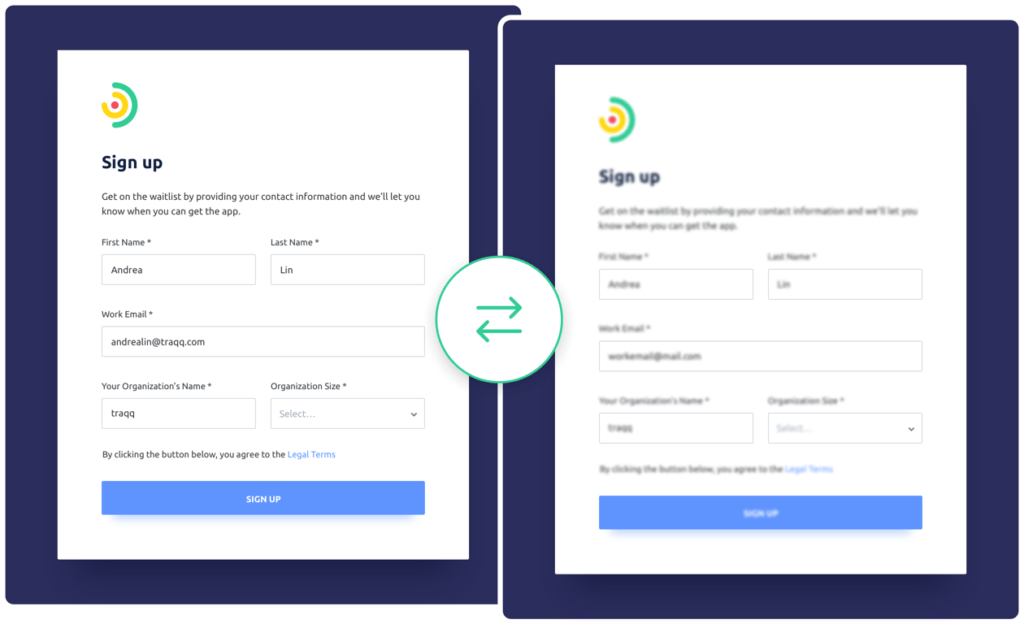
To make it fair, workers have an option to be notified that the screenshot was taken. The process happens in the background and will not disrupt on-going activities.
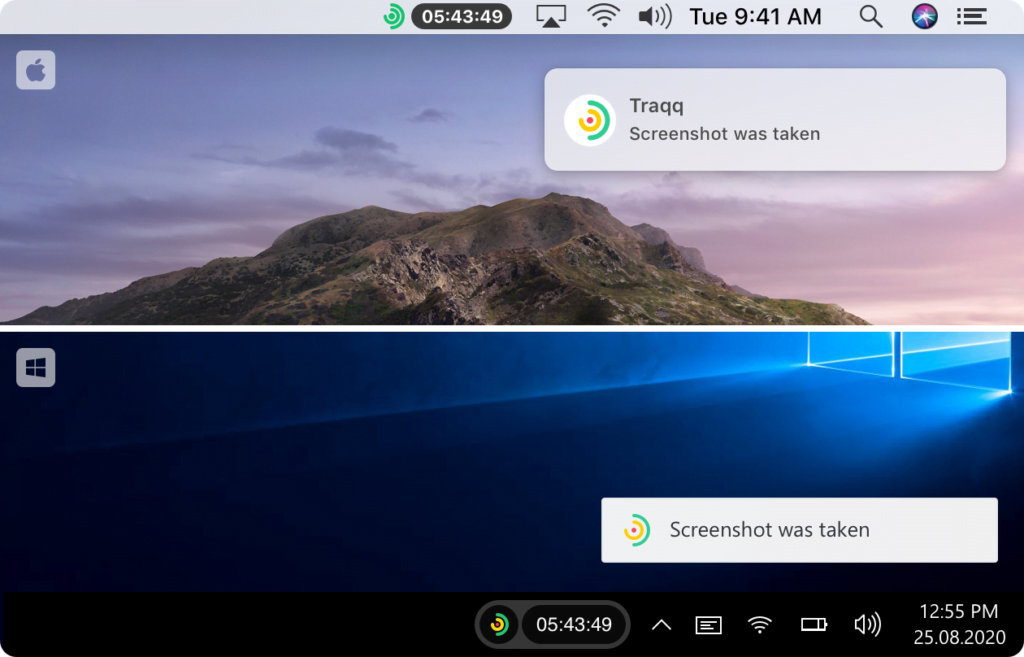
As a result, you will not only track the work time of your remote staff but their productivity online. There will be no need to touch base with the workers every hour to check on their progress – it will be accessible right on the Traqq dashboard.
Introducing Activity Monitoring with Traqq
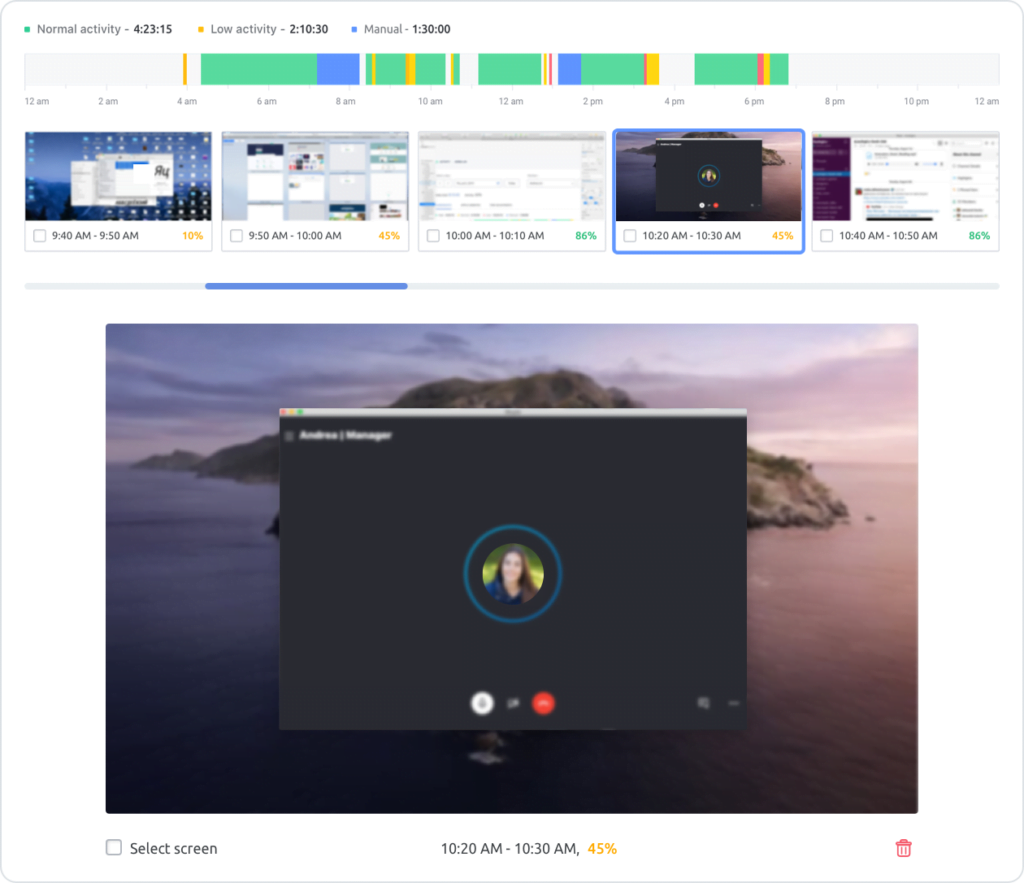
With its sophisticated algorithm, Traqq will analyze the activity level of your staff: every click of the mouse, scroll, and keystroke will be noted, as well as staying idle.

Comprehensive Analysis
The results of the employee monitoring are calculated in real-time and converted into a percentage, also known as Activity.
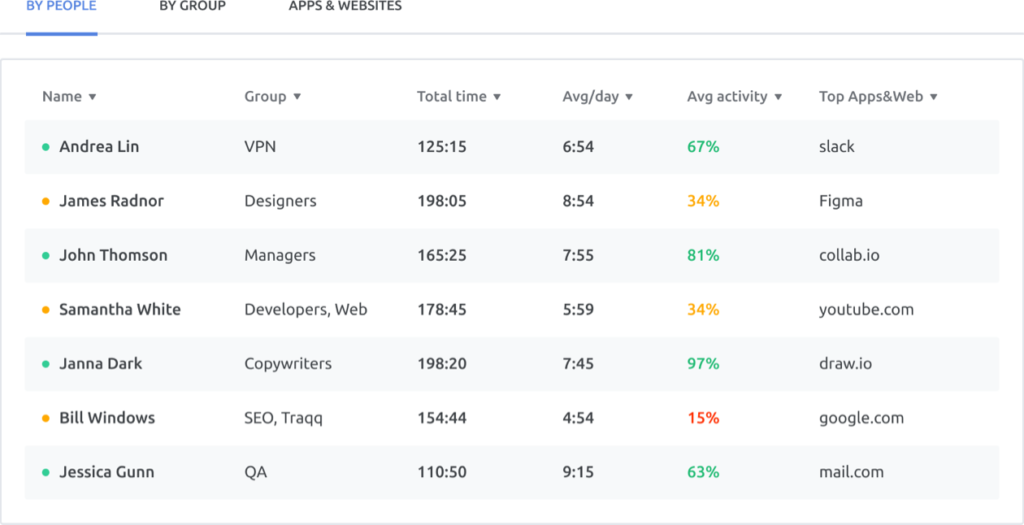
Healthier Collaboration
Traqq has in-built features that help keep teams on the same page. Its team management feature allows employers to easily assign roles and permissions, making sure everyone knows how to get work done. The tool also allows people in different time zones to work together seamlessly as supervisors can leverage its time limits feature. What’s more, managers can easily share time tracking reports with any colleague straight from the app.
High-Grade Security
Security is another priority for Traqq as it utilizes multi-layer protection across a robust distributed infrastructure. The solution adopts Amazon Web Services (AWS) to store screenshots and other data to ensure speed and security. AWS is compliant with ISO 27018 and also adopts the EU-US Privacy Shield framework, making it ideal to ensure privacy protection.
Fast Activity Monitoring and Tracking Unlock the Full Benefits of Remote Work
Companies are rapidly switching to remote work to not only save costs but also improve employee productivity and work-life balance. The best way to achieve those goals is ensuring there’s an efficient way of keeping tabs on workers and effectively managing them.
With a time-tracking tool, such as Traqq, that makes employees comfortable, is easy to use, and adequately track’s productivity, employers can collect all the data they need to make their transition to remote work a success.


